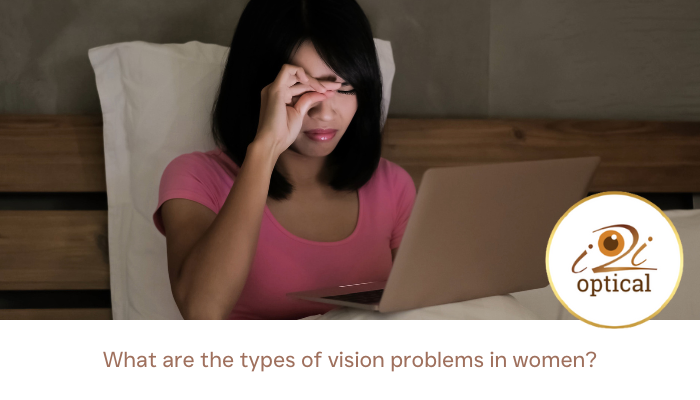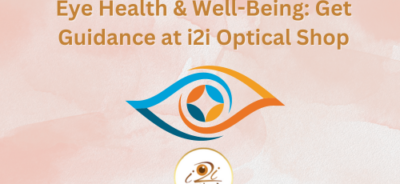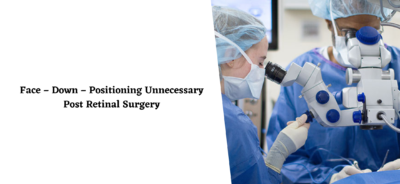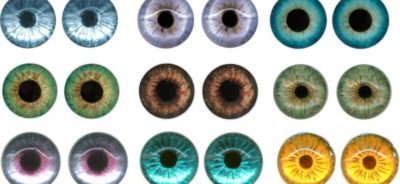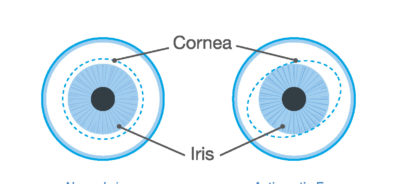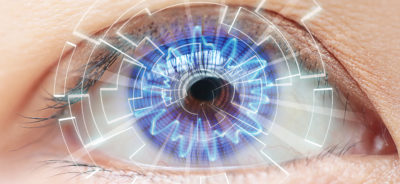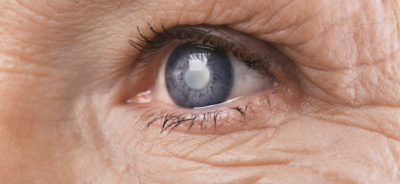What are the types of vision problems in women?
i2i Optical being the best optical shop in Mauritius has seen types of vision problems in women. Juggling between family and work is not an easy task – ask a woman and the reply will be – ‘It’s part of being a woman’. In between the hustle-bustle of their daily lives, women often tend to forget to prioritise their health, especially eye health takes a back seat. Research suggests that women are more prone to eye diseases than men.
Some of the common vision problems that can affect women include:
Refractive errors: Refractive errors are a common type of vision problem that majorly affect women. These include nearsightedness, farsightedness, and astigmatism, and can also cause blurry vision, eye strain, and headaches.
Presbyopia: Presbyopia is an age-related condition that affects women in their 40s. In this, the eye lens loses its flexibility and gets stiff. It can cause difficulty seeing things up close, such as reading on-screen or off-screen.
Dry eye syndrome: Dry eye syndrome is a common condition that affects many women, particularly those going through menopause. It occurs when the eyes do not produce enough tears, leading to dryness, discomfort, and blurred vision.
Glaucoma: Glaucoma is a serious eye condition that can lead to permanent vision loss if left untreated. It occurs when there is damage to the optic nerve, often caused by increased pressure in the eye. Women over the age of 60 are at a higher risk of developing glaucoma.
Cataract: Cataract is a common age-related condition that affects the lens of the eye, causing it to become cloudy and opaque. This leads to blurred vision and difficulty seeing, especially at night.
Macular degeneration: Macular degeneration is an age-related eye health condition that causes blurred or no vision in the central part of the visual field. It is one of the leading causes of vision loss in women over 50 years of age. So these are some of the types of vision problems in women .
Therefore, it is recommended that women must conduct regular eye exams in six months and treat vision problems, if any, at the earliest.


